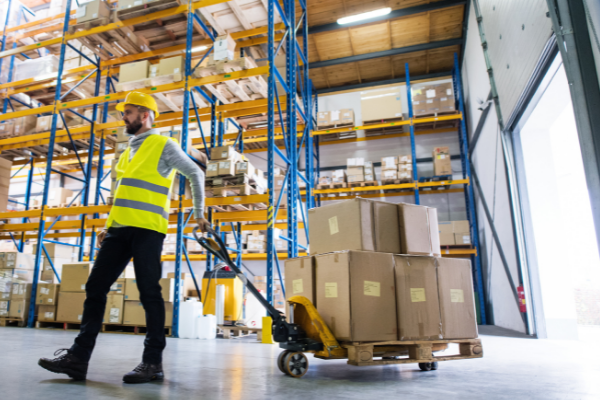
Since March of 2020, there has been so much instability in the real estate marketplace and supply chain channels that it can make a person’s head throb to think about all the disruption. First, the world stopped moving. We were all told to stay home to stop the spread of COVID-19. Evictions were banned. There was panic that renters wouldn’t pay their rent. Manufacturing plants slowed down production. The Suez Canal was blocked by a 100 million dollar boat that had run aground.
Then, people decided to leave the cities and move to the suburbs. The Schiller Index increased 18% in one year. Homebuilders report that America has 5,000,000 fewer homes than it needs, and we have been underdeveloped since the 2008 housing crash. Even if there is a housing shortage, there are not enough materials to build the houses. And the home construction industry doesn’t have enough skilled labor to create them.
The cost of lumber doubled overnight and then came back down. Materials don’t move around the world fast enough to satisfy demand, and some supply chain professionals say you should start buying Christmas gifts now to make sure you get what you want. That’s right, the Christmas season is now starting before Halloween.
Insurance doesn’t happen in a vacuum – it’s impacted by all these factors. Here are the effects we can see.
- Building replacement costs are increasing significantly. A building limit is the amount of coverage provided to replace the building due to loss. These limits are based on the cost of materials and the cost of labor and have rapidly increased. Insurance companies usually move slowly and try not to overreact to short-term fluctuations. However, CoreLogic, the analyst used by most insurance companies, has revised its replacement cost factors. Building limits are noticeably increasing.
- Banks are paying closer attention to building limits and want the building values on the insurance policy to match the increase in construction costs. Please remember that the sales price of a building may or may not be an indicator of how much it would cost to rebuild. The sales price of a home can include land, which isn’t covered. Commercial buildings are based on the net income of the property, which is not an indicator of how much it would cost to rebuild.
Here are some things you should pay attention to as a consumer:
- Expect the replacement cost of your buildings to be impacted at renewal.
- Expect the cost of your property insurance to increase in-kind with your replacement costs. You will want to see the building costs increased on your insurance policy. There are penalties in many insurance policies for not being insured adequately.
- If you’re buying the building, make sure to have your insurance agent communicate with your lender about insurance requirements before purchasing the building.
Further Reading

Birthday Bags For Local Families
Because we believe everyone should have cake on their birthday, Bitner Henry employees decided to purchase, assemble, and donate 25 Birthday Kit bags! Each bag contained cake mix, frosting, cake pans, and other birthday party essentials. A kit will be shared with pantry guests who have a child’s birthday in their household in the coming months.

Controlling Premium Audits to Eliminate Overcharges
Due to the volume of requests they receive, insurance companies have developed a very efficient premium audit process. While they strive to be as...
